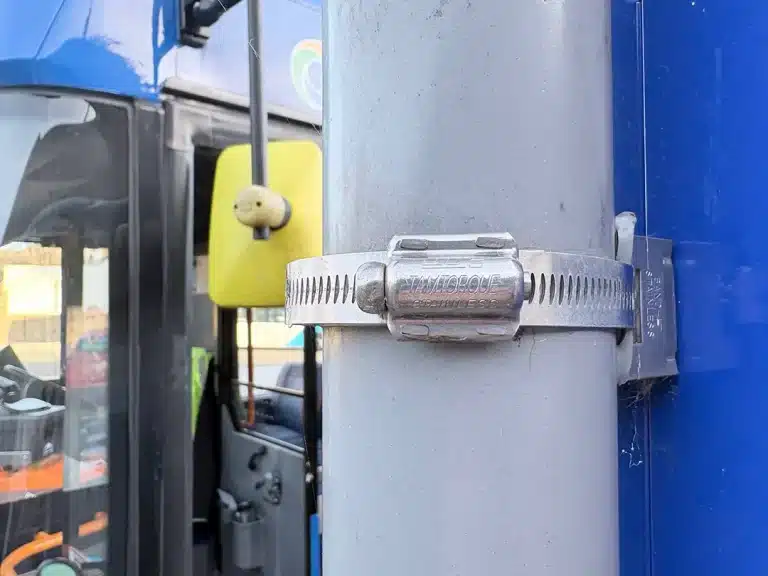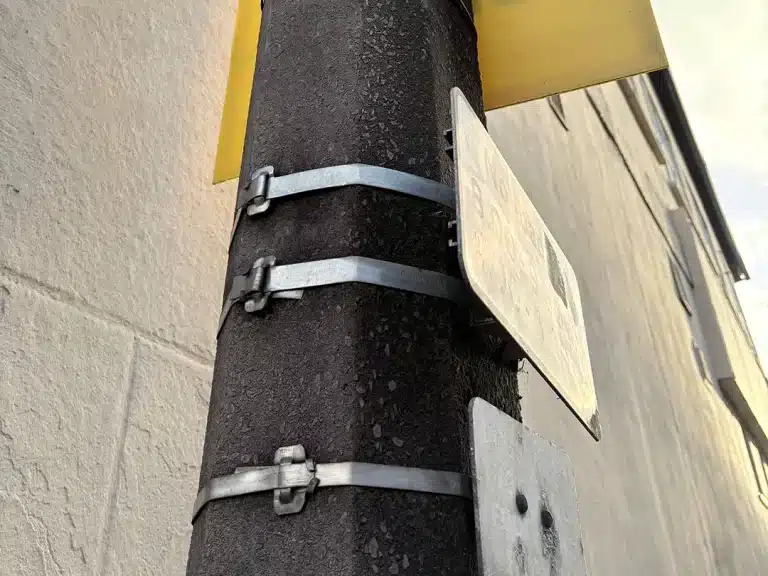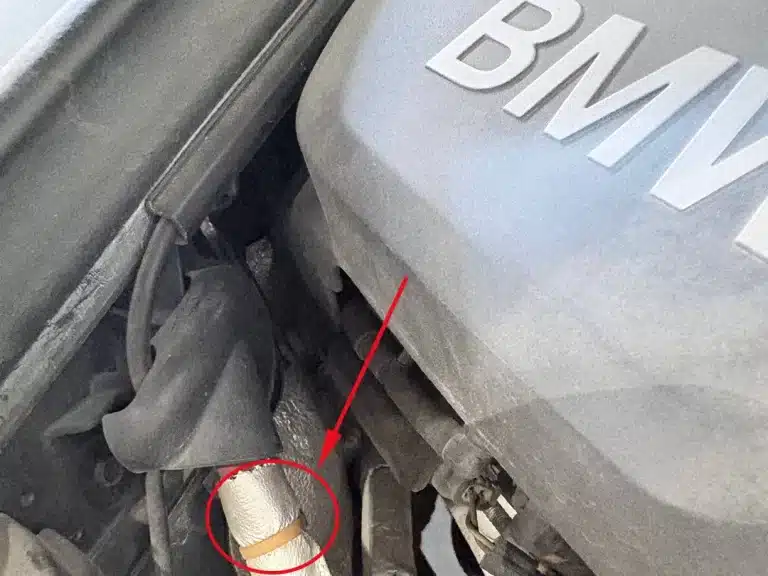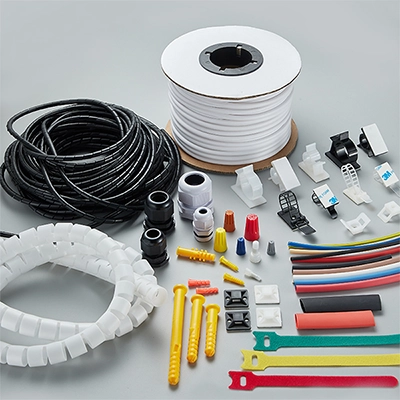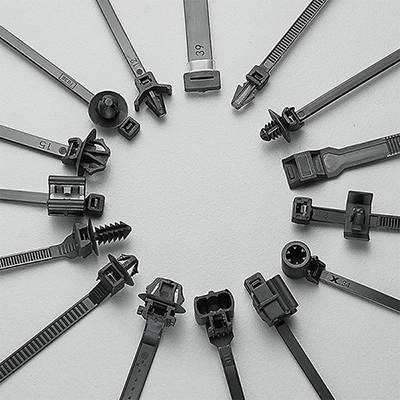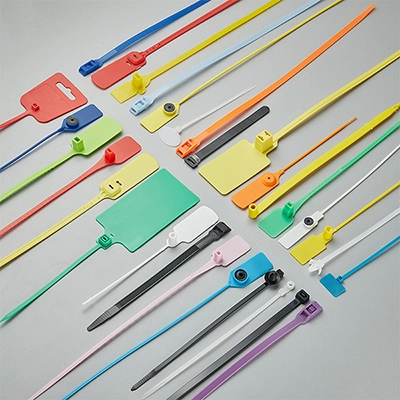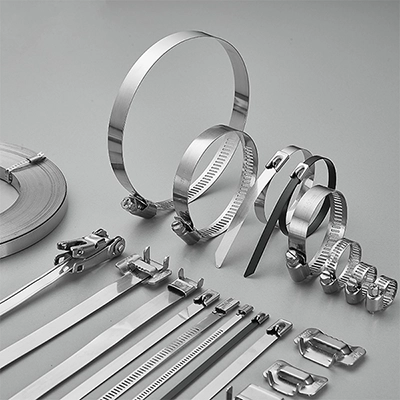Cable ties, often called zip ties, can be found everywhere, from spacecraft above us to our backyards. Originating in the mid-20th-century aerospace industry, they were initially designed to aid aircraft electricians in managing wiring. This article will trace the interesting journey of zip ties from the skies above to the corners of our homes.
Timeline: When was Cable Ties Invented?
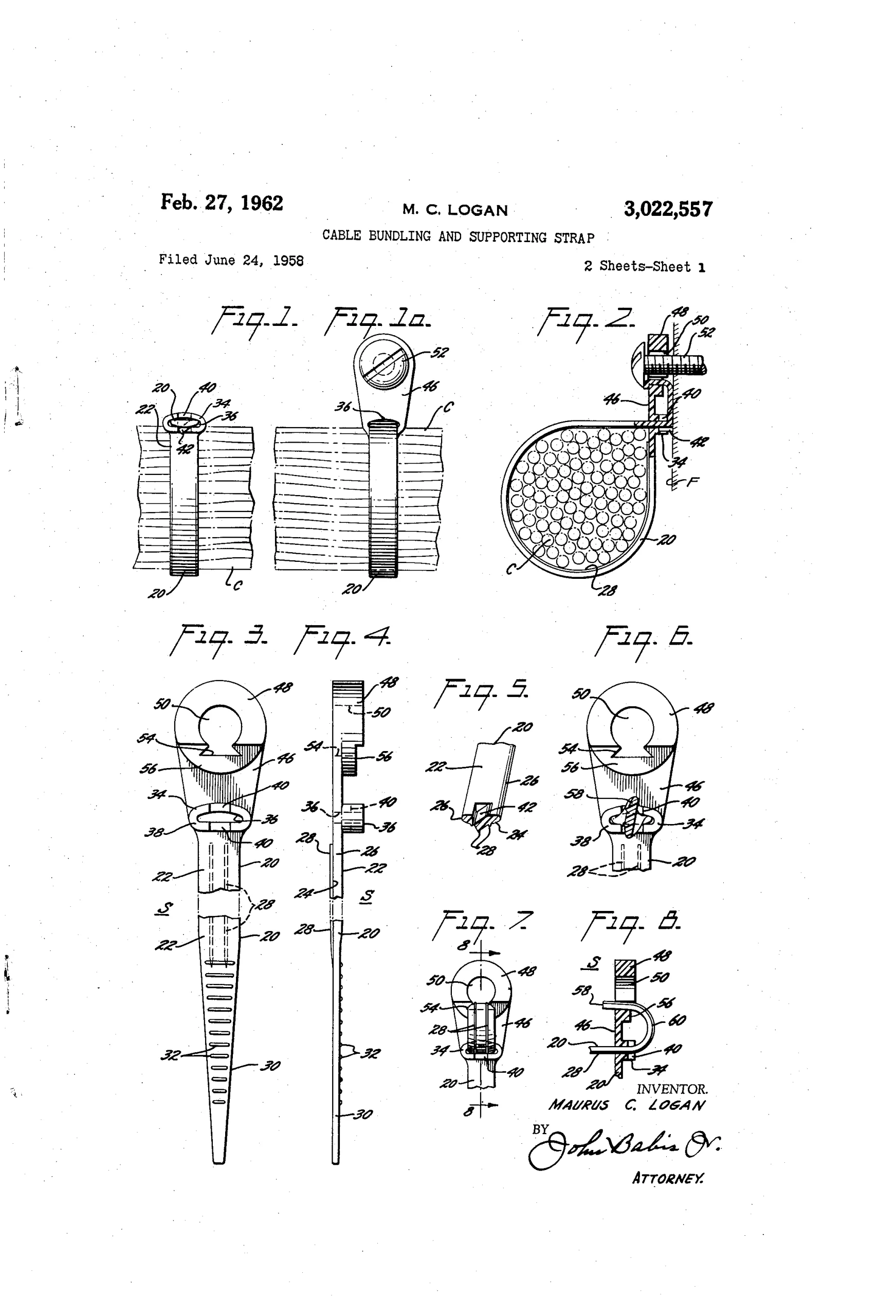
1872: The first “injection molding machine” was developed by John W. Hyatt and his brother.
1930s: The UK and Germany introduced the jet engine for aviation.
1938: DuPont launched a synthetic fiber named “nylon.”
1939-1941: The world saw the debut of German and then British jet aircraft.
World War II: The conflict fast-tracked the development of jet aviation. Materials like nylon and advances in injection molding were primarily harnessed for military purposes.
The late 1940s: The onset of the Cold War saw a surge in the design and manufacture of both military and commercial jet aircraft.
1950s: Conflict raged with the Koreans and later the Vietnam War.
1956: While touring Boeing’s facilities, Maurus C. Logan from Thomas & Betts witnessed technicians managing aircraft wiring, sparking the idea for zip ties.
1957: The launch of Sputnik 1 marked the beginning of the space race.
1958: Logan introduced the first two-piece cable tie.
1961: Panduit, an American manufacturer, developed the first one-piece nylon cable tie, known as today’s standard cable tie. Patent No: US3537146.

1962: Logan’s patent was approved. Patent No: US3022557
1964-1970: Zip ties found use in the Blue Streak missile launch platforms in Woomera, South Australia.
1970, 1972, 1976: Further patents for cable ties were filed by Panduit.
1974: Cable ties appeared in the Australian-manufactured Valiant cars.
1985: The design of cable ties entered the public domain, signaling a new era of mass production.
Post-1980s: A myriad of cable tie designs emerged, varying in color, structure, size, and material.
The swift evolution of cable ties is not just a marker of material culture but also mirrors a trend of technological migration. Products initially designed for aerospace found utility in everyday scenarios. As the applications expanded, so did the variety and design, catering to diverse requirements.
Historical Background
During a 1956 visit to Boeing, Maurus C. Logan observed how aircraft assemblers were managing the painstaking task of arranging thousands of feet of cables and wires. They were using waxed, braided nylon cords, tying them manually—a process that was both labor-intensive and hazardous due to the risk of injuries from the cords.
Inspired to find a safer and more efficient solution, Logan invented the first cable tie, known as the Ty-Rap cable tie. He submitted the patent application that same year. By 1962, the patent was granted with the number US3022557.
After 1958, a myriad of patents for different cable tie designs emerged. In 1985, Panduit, an American manufacturer with multiple cable tie patents, took another cable tie producer to court for patent infringement. However, after their lawsuit was unsuccessful, the design of the cable tie officially entered the public domain. This moment likely marked the beginning of the mass production era for cable ties.
Technological and Social Background
The 1930s witnessed the UK and Germany pioneering jet engine technologies, with World War II expediting their development. The massive production of jet aircraft post-war led to a surge in aircraft cabling. With jet aircraft wiring differing from piston-driven ones, there arose a need for efficient cable ties.
The Cold War and the concurrent space race not only amplified the production of aircraft but also necessitated the creation of more missiles, satellites, and space vehicles—all of which required extensive and complex cabling. Logan’s invention was timely, making cable ties an indispensable tool for securing and organizing cables.
Conclusion
The history of cable ties beautifully illustrates their aerospace origins and their journey through time. Maurus C. Logan’s ingenious invention paved the way for the versatile uses of nylon cable ties we see today, from aerospace to our very gardens. Their widespread use signifies the powerful adaptability and spread of technology. These zip ties are more than just tools; their evolution stands as a testament to technological advancements and our ever-evolving needs.
